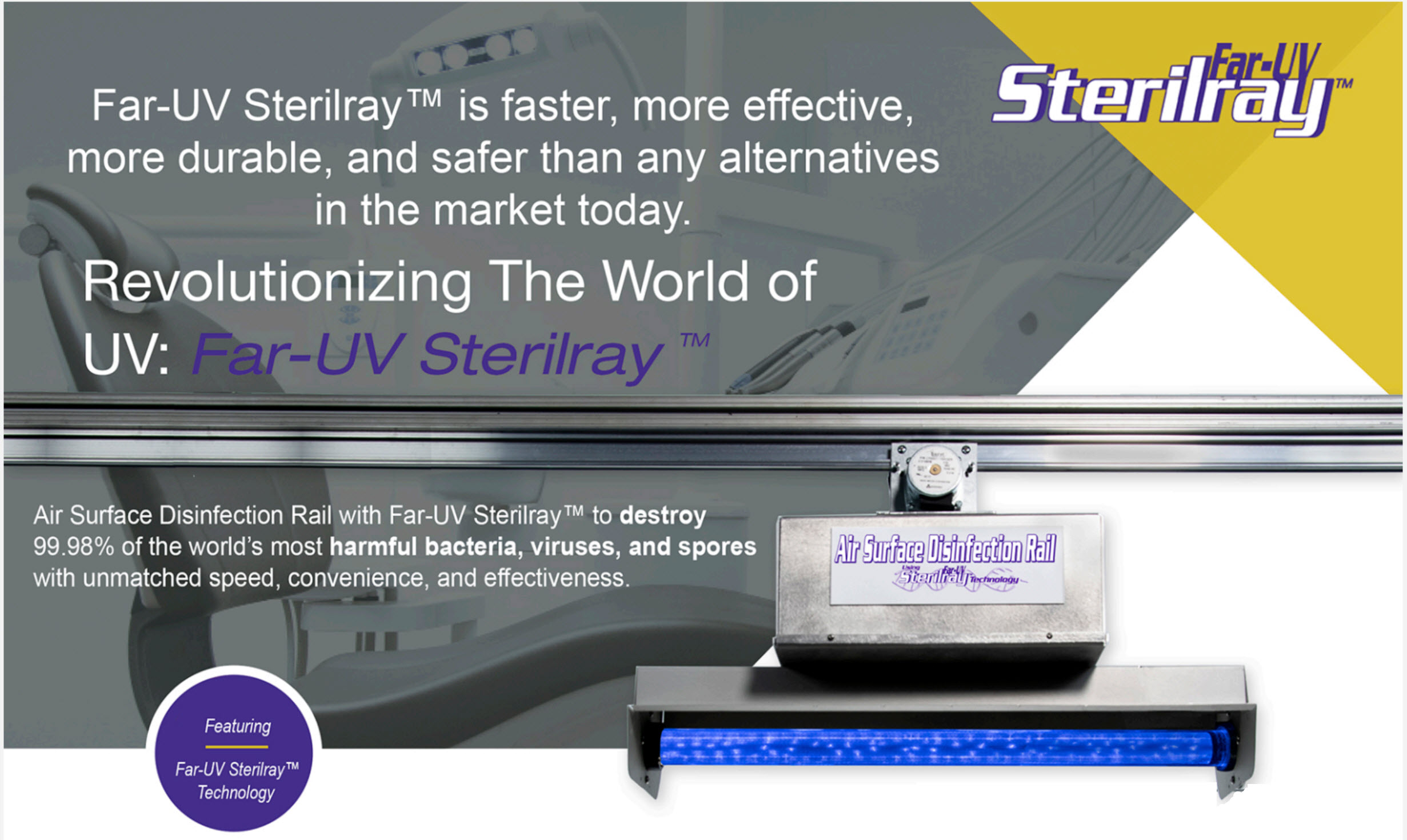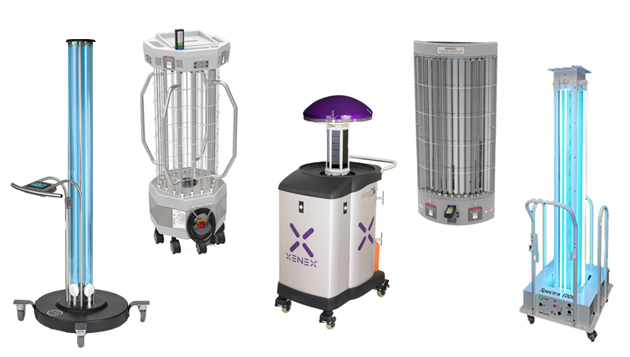UV Sanitation: The Cutting-Edge Modern Technology Changing Sanitation Practices
In the realm of hygiene techniques, one technology has become a game-changer: UV disinfection. With its ability to eradicate dangerous microorganisms, this sophisticated innovation is reinventing the way we come close to cleanliness and hygiene. However just how does UV sanitation job, and what are the advantages it uses? From healthcare setups to food handling, UV disinfection is making its mark in numerous markets. In this discussion, we will certainly check out the details of this transformative modern technology and expect its promising future.
Just How UV Disinfection Functions
UV disinfection functions by making use of ultraviolet light to ruin or inactivate microbes, giving a very efficient and chemical-free method of sanitation. This technology takes advantage of the power of short-wavelength UV-C light, which can harming the DNA and RNA of microorganisms, therefore rendering them not able to reproduce and cause harm.
The process starts with the setup of UV disinfection systems, which are composed of UV lights that send out UV-C light. These lamps are tactically positioned in areas where microbial contamination is an issue, such as water therapy plants, hospitals, labs, and food handling facilities.
When bacteria are exposed to UV-C light, the photons penetrate their cell wall surfaces and reach the DNA and RNA within. The high-energy UV-C photons disrupt the genetic product by creating bonds between adjacent nucleotides, bring about the formation of thymine dimers. These dimers stop the microorganisms from duplicating, providing them safe.
UV sanitation is very effective against a broad variety of bacteria, including infections, parasites, and bacteria. It is especially efficient versus waterborne pathogens like E. coli, Giardia, and Cryptosporidium. Additionally, UV sanitation is a chemical-free method, eliminating the requirement for potentially dangerous anti-bacterials and lowering the threat of harmful sanitation byproducts.
Advantages of UV Sanitation
UV disinfection provides many benefits in the area of cleanliness, making it an extremely liked technique for successfully removing harmful microorganisms. One of the key advantages of UV sanitation is its capacity to give a chemical-free service. Unlike typical disinfection methods that rely upon chemicals, UV disinfection makes use of ultraviolet light to ruin the DNA of microbes, providing them not able to replicate and create infections. This not only removes the need for potentially dangerous chemicals but additionally minimizes the danger of chemical residue on surfaces.

UV disinfection is likewise very flexible in its applications. It can be used in various settings, consisting of hospitals, institutions, food handling facilities, and water therapy plants. UV disinfection systems can be quickly incorporated into existing cleanliness practices, providing an extra layer of protection versus infectious diseases.
Along with its effectiveness and convenience, UV sanitation is also ecologically friendly. It does not generate any kind of dangerous by-products or deposits, making it a lasting and risk-free approach for hygiene - uv surface disinfection. Moreover, UV sanitation calls for marginal upkeep and has a long life-span, causing cost financial savings over time.
UV Sanitation in Healthcare Settings
In health care settings, UV sanitation has actually arised as a revolutionary technique for successfully removing unsafe microbes. UV sanitation works by sending out ultraviolet light at a details wavelength that is deadly to microorganisms, infections, and various other microbes.
Firstly, UV disinfection is a non-chemical approach, making it an environmentally pleasant choice compared to standard disinfection techniques that often include the use of severe chemicals. Making use of UV light eliminates the need for chemical disinfectants, reducing the risk of dangerous residue or chemical exposure to both patients and health care employees.
Additionally, UV sanitation is very effective in killing a vast array of microorganisms, including drug-resistant bacteria such as MRSA and C. difficile. It provides a consistent and reliable sanitation procedure, making certain that all surfaces and tools are extensively sanitized, even in hard-to-reach areas.
UV Disinfection in Food Processing
The application of UV sanitation expands past health care setups and locates significant worth in the world of food handling. uv surface disinfection. UV sanitation innovation is coming to be helpful site significantly prominent in the food sector due to its capacity to successfully get rid of damaging pathogens and boost food safety
Among the major benefits of UV sanitation in food handling is its capacity to target a vast array of microorganisms, including mold and mildews, bacteria, and viruses. By utilizing UV light at certain wavelengths, it is feasible to interrupt the DNA and RNA of these pathogens, rendering them not able to duplicate or cause damage. This innovation can be put on different stages of the food processing chain, consisting of surface disinfection, equipment sanitation, and water therapy.
UV sanitation offers a non-thermal and chemical-free approach of sterilizing foodstuff. Unlike conventional disinfection methods that rely upon chemicals or warm, UV modern technology does not leave any type of residue or modify the taste, texture, or dietary value of the food. This makes it a suitable solution for markets that call for rigorous adherence to high quality standards.
Additionally, UV sanitation systems are very easy to mount and operate, needing minimal maintenance. They can be incorporated right into existing handling lines without causing substantial interruptions to the manufacturing process. In addition, UV systems have a quick treatment time, enabling continuous handling and minimizing downtime.
The Future of UV Disinfection

One location where UV sanitation is anticipated to make substantial developments remains in the area of health care. With the surge of antibiotic-resistant microorganisms and the demand for more efficient disinfection methods, UV light has the prospective to play a vital duty in lowering healthcare-associated infections. UV sanitation systems can be made use of to sanitize surface areas, devices, and even the air in health care facilities, helping to avoid the spread of unsafe virus and boost client safety.
Another industry that could profit from advancements in UV disinfection technology is the food sector. UV light has actually currently shown to be an efficient method for sanitizing foodstuff and minimizing the danger of foodborne diseases. As innovation improves, we can anticipate to see much more effective and affordable UV sanitation systems being carried out in food processing plants, ensuring that the food we eat is secure and without damaging bacteria.
Conclusion
In see here now final thought, UV disinfection is an advanced innovation that is transforming sanitation methods in healthcare settings and food handling. By utilizing UV light to eliminate or shut down bacteria, it uses numerous advantages such as safety, effectiveness, and performance. With continuous advancements in this field, UV sanitation holds excellent potential for the future of cleanliness, giving a trustworthy and lasting solution for maintaining clean and sanitary settings.
UV disinfection is a chemical-free method, getting rid of the demand for potentially damaging anti-bacterials and reducing the danger of unsafe disinfection spin-offs.
Unlike standard sanitation methods that depend on chemicals, UV sanitation uses ultraviolet light to damage the DNA of bacteria, making them incapable to recreate and create infections. Unlike typical sanitation techniques that rely on chemicals or heat, UV modern technology does not leave any type of residue or alter the taste, appearance, or dietary value of the food. As innovation enhances, we can expect to see more cost-efficient and efficient UV sanitation systems being implemented in food handling plants, making certain that the food we eat is secure and complimentary from unsafe microorganisms.
In verdict, UV disinfection is an innovative innovation that is transforming sanitation techniques in medical care setups and food processing.
Comments on “Transforming Sanitation Requirements: The Function of UV Surface Disinfection in Health and Safety”